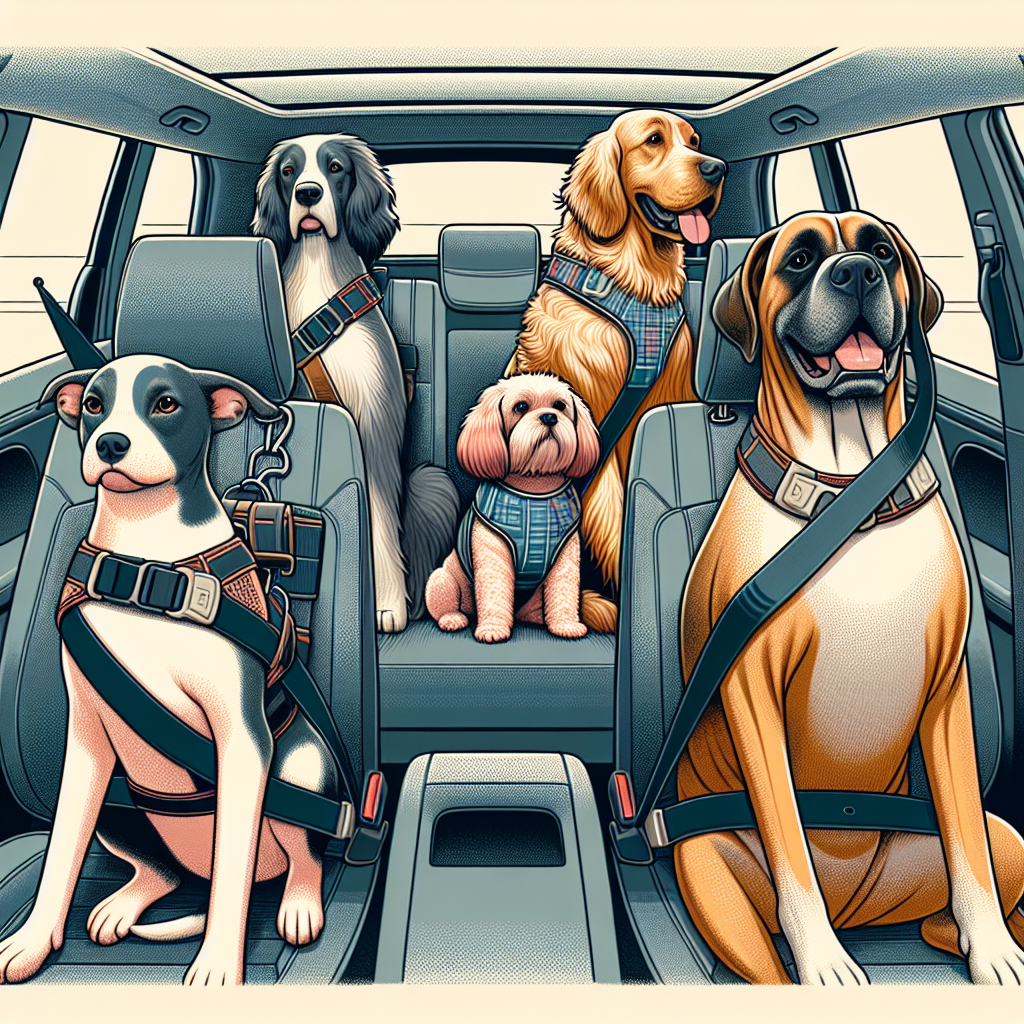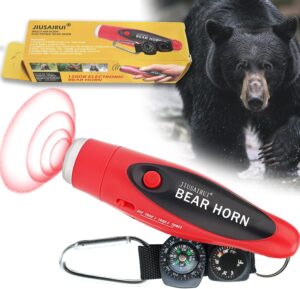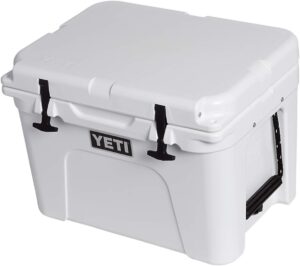
When it comes to traveling with our beloved pets, their safety should always be a top priority. Whether you’re going on a short trip to the vet or embarking on a long-distance road trip, ensuring that your furry friend is secure and comfortable in your vehicle is crucial. In this article, we will explore some essential tips and precautions for pet safety in vehicles, providing you with the knowledge and resources to keep your pet protected during your journeys together.
Proper Restraints
Importance of using restraints
When it comes to traveling with your beloved pet, their safety should always be your top priority. Proper restraint is crucial to ensure the safety of both your pet and everyone else in the vehicle. By using restraints, you not only minimize the risk of accidents or injuries but also maintain focus while driving.
Types of restraints available
There are various types of restraints available in the market for pets, each catering to different needs and preferences. Some common options include pet car harnesses, crates or carriers, and barriers. It’s essential to understand the features and benefits of each type to choose the most suitable restraint for your furry friend.
Choosing the right restraint for your pet
When selecting a restraint for your pet, consider their size, behavior, and comfort. For smaller pets, such as cats or small dogs, a well-ventilated crate or carrier can provide a secure and comfortable space. Larger dogs may benefit from a pet car harness that attaches to the seatbelt system, ensuring they stay in place during the journey. Assess your pet’s needs and consult with a pet expert or veterinarian to find the best restraint option for your specific pet.
Securing the Pet
Securing pet in a crate
One of the safest options for securing your pet in a vehicle is by using a crate or carrier. Ensure that the crate is appropriately sized to allow your pet to stand, turn, and lie down comfortably. Secure the crate by placing it on a non-slip surface in the vehicle, such as a rubber mat or carpet. Use seatbelts or straps to prevent the crate from sliding during sudden stops or turns.
Using a pet car harness
A pet car harness is an excellent choice for dogs of all sizes. These harnesses attach to the seatbelt system and secure your dog in place, preventing them from roaming around the vehicle. Make sure to measure your dog accurately to choose the right size harness. Introduce your pet to the harness gradually, allowing them to get comfortable with it before any car trips.
Creating a barrier in the car
If you have a larger vehicle or need to transport multiple pets, creating a barrier can be an effective way to keep them separate and secure. There are specialized barriers available that can be installed to create a designated area for your pet. These barriers can be placed between the front and rear seats or in the cargo area, providing a safe space for your pet without causing any distraction.
Safety Measures for Dogs
Tips for safe car travel with dogs
When traveling with dogs, it’s important to take additional safety measures to ensure their well-being. Some tips for safe car travel with dogs include:
- Never leave your dog unattended in a parked vehicle, as temperatures can rise or fall rapidly, leading to heatstroke or hypothermia.
- Securely close windows to prevent your dog from sticking their head out, which can cause injury from flying debris or accidents.
- Before the trip, ensure your dog has access to fresh water and take regular breaks to let them stretch their legs and relieve themselves.
Preventing dogs from riding with heads out of windows
While it may seem like dogs enjoy sticking their heads out of car windows, it can be extremely dangerous. Flying debris, insects, or sudden stops can cause severe injuries to your pet. Always keep windows securely closed or use specially designed pet window guards that allow fresh air to circulate without compromising safety.
Keeping dogs hydrated and comfortable
During car travel, it’s essential to keep your dog hydrated and comfortable. Provide them with plenty of fresh water and avoid feeding them a large meal before the journey, as it may cause discomfort or motion sickness. Additionally, consider placing a comfortable pet bed or blanket in their designated area to create a cozy and familiar environment.
Safety Measures for Cats
Transporting cats in carriers
Cats are known for their independent and curious nature, making it critical to secure them properly during car rides. Transporting cats in carriers is the safest option, as it provides a controlled and comfortable space for them. Choose a carrier that is well-ventilated and spacious enough for your cat to move comfortably. Ensure that the carrier is securely fastened and placed on a stable surface within the vehicle.
Minimizing stress during car rides
Cats can often feel anxious or stressed during car rides, so it’s important to take steps to minimize their discomfort. Before the journey, introduce your cat to the carrier gradually, allowing them to explore and associate it with positive experiences. Place familiar bedding or clothing with your scent inside the carrier to provide a sense of security. Play soft music or use calming sprays or pheromone diffusers to create a soothing environment.
Avoiding opening car windows too wide
While fresh air is important, it’s crucial to avoid opening car windows too wide when traveling with cats. Cats are agile and curious, and a fully open window can pose the risk of escape or injury. Consider using window screens or specially designed cat window guards that allow controlled airflow while preventing your cat from squeezing through.
Preparation and Planning
Familiarizing the pet with the vehicle
Pets can be sensitive to new environments, including vehicles. Before embarking on a long journey, take time to familiarize your pet with the vehicle. Allow them to explore the interior while it’s parked, rewarding them with treats or praise to create positive associations. Gradually introduce short car rides to accustom your pet to the motion and sounds of the vehicle.
Taking short practice drives
If your pet is new to car travel, it’s essential to start with short practice drives. Take your pet on brief trips to nearby locations, gradually increasing the duration as they become more comfortable. This helps them build tolerance and reduces the likelihood of motion sickness or anxiety during longer journeys.
Planning for frequent breaks and exercise
Just like humans, pets require breaks and exercise during long journeys. Plan regular stops to allow them to stretch their legs, relieve themselves, and hydrate. Research pet-friendly rest areas or parks along your route to provide a safe and enjoyable environment for your pet to explore. Remember to pack all necessary supplies, including waste bags, water, and any medication or essentials specific to your pet’s needs.
Vehicle Environment
Maintaining a comfortable temperature
Maintaining a comfortable temperature inside the vehicle is crucial for the well-being of your pet. Avoid extreme heat or cold conditions, as they can be dangerous or even life-threatening. Use air conditioning or heating systems to regulate the temperature in the vehicle, ensuring your pet’s comfort at all times. Never leave your pet unattended in a car, as temperatures can escalate rapidly, even with cracked windows.
Avoiding leaving pets unattended in a car
Leaving pets unattended in a car, even for a short period, can have severe consequences. On hot days, temperatures inside a vehicle can rise quickly, leading to heatstroke or suffocation. Similarly, in cold weather, vehicles can quickly become freezing, putting your pet at risk of hypothermia. Always bring your pet with you or arrange for someone to stay with them while you are away from the vehicle.
Keeping windows and doors secure
To prevent any mishaps or escapes, ensure all windows and doors are securely closed and locked. Pets, especially curious cats or energetic dogs, may attempt to open windows or jump out of open doors while the vehicle is in motion. Regularly check that all locks and mechanisms are in proper working condition to keep your pet safe and secure.
Avoiding Dangerous Behavior
Discouraging pets from sitting in the front seat
While it may be tempting to have your pet beside you in the front seat, it can be hazardous for both of you. Pets in the front seat can be easily distracted, obstruct your view, or interfere with the controls of the vehicle. Discourage your pet from sitting in the front seat by using barriers or harnesses, ensuring they stay in their designated area.
Keeping pets from interfering with the driver
It’s essential to prevent your pet from interfering with the driver’s focus and concentration. Distractions caused by pets can greatly increase the risk of accidents. Use barriers or harnesses to keep your pet away from the driver’s seat and ensure they cannot reach the steering wheel, pedals, or any other controls. This allows the driver to stay focused on the road and maintain a safe environment for everyone.
Avoiding distractions caused by pets
Pets can be a source of joy and excitement, but it’s important to avoid any distractions they may cause while driving. Playing, feeding, or trying to calm an anxious pet during the journey can divert your attention from the road. Securely restrain your pet and attend to their needs only during designated stops to ensure a distraction-free and safe driving experience.
Emergency Preparedness
Carrying a pet emergency kit
Being prepared for any unexpected situations is vital when traveling with pets. Pack a pet emergency kit containing essential items such as a pet first aid kit, medications, food, water, extra leash, and waste bags. Familiarize yourself with basic first aid techniques for pets and keep important contact information, including your veterinarian’s number and the number of emergency veterinary hospitals in the areas you will be traveling through.
Having identification tags and microchips
In case your pet accidentally becomes separated from you during the journey, proper identification is crucial. Ensure your pet wears a collar with identification tags, including your current contact information. Additionally, having your pet microchipped provides an extra layer of security. Make sure to update your contact information with the microchip registry to maximize the chances of a happy reunion if your pet gets lost.
Knowing the location of the nearest veterinary hospitals
Before embarking on your journey, research the locations of veterinary hospitals along your route. Have a list of emergency veterinary hospitals readily available, including their addresses and contact information. This ensures that in case of any unforeseen medical emergencies, you can quickly seek professional help for your pet.
Traveling with Multiple Pets
Separating pets if necessary
Traveling with multiple pets can present its own set of challenges. If your pets have a history of not getting along or if they may become overly excited or anxious during car rides, it may be necessary to separate them. Depending on the size of your vehicle, this can be done by using barriers to create individual areas for each pet or by transporting them in separate crates or carriers.
Using dividers or barriers
To ensure the safety and well-being of each pet, consider using dividers or barriers to create a designated area for each one. This helps prevent any potential altercations between pets and reduces distractions for the driver. Dividers can be installed between the front and rear seats or in the cargo area, providing a sense of separation and security for each pet.
Ensuring each pet is properly restrained
Regardless of whether your pets are separate or together during the journey, it’s essential to ensure each pet is properly restrained. Use restraints like harnesses or crates that are appropriately sized for each pet and secure them in place. This prevents roaming, eliminates the risk of injury, and maintains overall safety for both your pets and the other occupants of the vehicle.
Conclusion
Traveling with your pets can be a wonderful experience, but it requires careful planning and consideration to ensure their safety and well-being. By using proper restraints, securing your pet in the vehicle, and following safety measures, you can create a safe and comfortable environment for your furry friends. From choosing the right restraint to preparing for emergencies, implementing these tips and guidelines will help ensure a smooth and enjoyable journey with your beloved pets. Remember, their safety is in your hands, so make sure to prioritize it and create lasting memories together on your travels.










